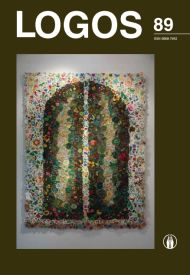Architektūros originalumo sąsajos su laiko prog reso idėja
Connection between Originality of Architecture and Idea of Time Progress
Author(s): Gytis OržikauskasSubject(s): Cultural history, Architecture, Social development, Sociology of Culture
Published by: Visuomeninė organizacija »LOGOS«
Keywords: contemporary architecture; style; movement; individuality; time context;
Summary/Abstract: This article examines the connection between the originality of architecture and the idea of time progress from the start of professional Western architecture to contemporary architecture. The Ancient Greeks already knew how to exploit traditional similitude or highlighted innovation in architecture in order to express the necessary cultural message. Architectural progress was no longer so important during medieval period, because Christian culture established a finite concept of time, according to which both past and future were equally revealed. The progress of architecture was spontaneous up until 17th century, when the theory of architectural styles was established. During this period newly created retrospective architecture was considered to be equal to the architecture of past styles. However, at the beginning of 20th century architectural styles were diluted into one theory of decoration, which provoked the arrival of new uniform modernist architectural style. However, the theory of architectural styles is limited, because especially original architecture does not follow common established rules of architectural style. As such contemporary architecture must be evaluated by alternative concepts of progress, such as cyclic rotation of architectural trends and an established pluralism. Those circumstances are especially favorable for the rise of nonstandard architectural expression.
Journal: LOGOS - A Journal of Religion, Philosophy, Comparative Cultural Studies and Art
- Issue Year: 2016
- Issue No: 89
- Page Range: 213-222
- Page Count: 10
- Language: Lithuanian

